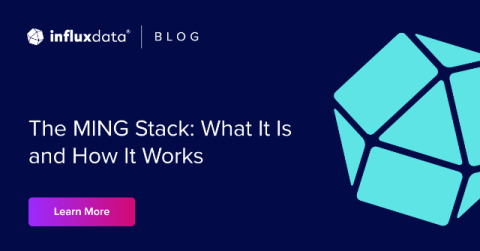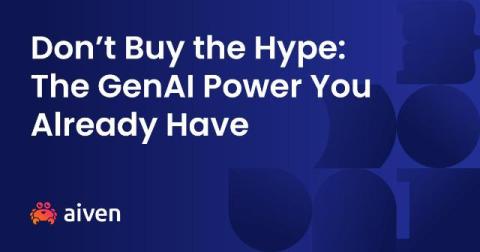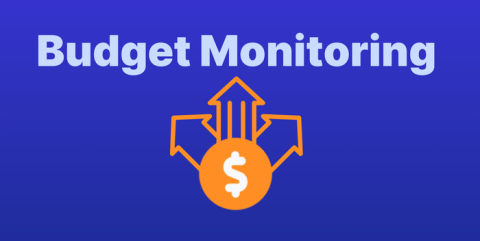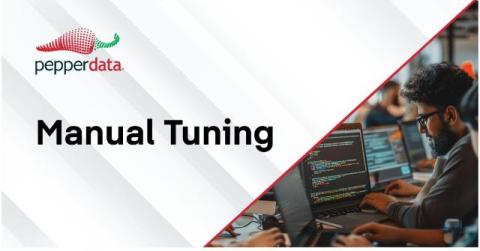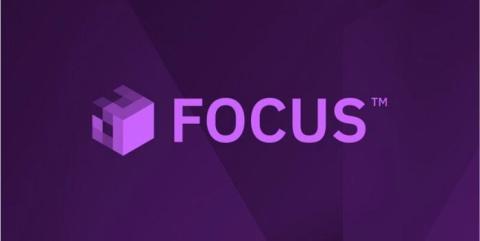Navigating Kafka: Challenges, Solutions, And The Future Of Real-Time Data Streaming
3). The complexities of real-time data streaming and auto-scaling in the cloud are no joke. But three are solutions to make it more simple and efficient. In this Data (R)evolution episode, Matan Mizrahi and Filip Yonov join us to discuss how Kafka effectively handles and optimizes data streams, the pursuit of standardized APIs, and the vital role of AI in optimizing complex systems. They also share how AI and open-source tools are transforming the landscape. Tune in to hear about the evolution of data streaming and the transformative impact of AI and cloud-native solutions.



